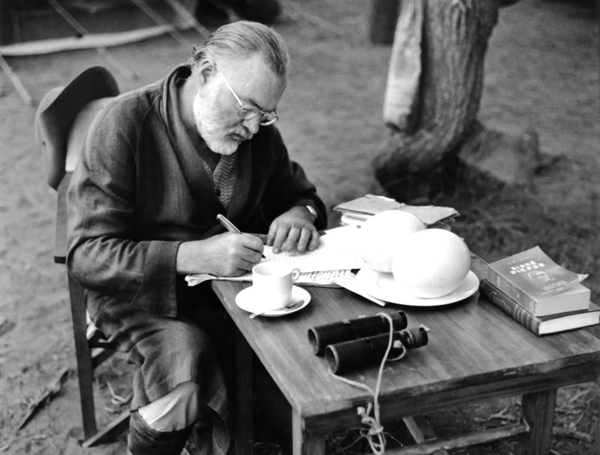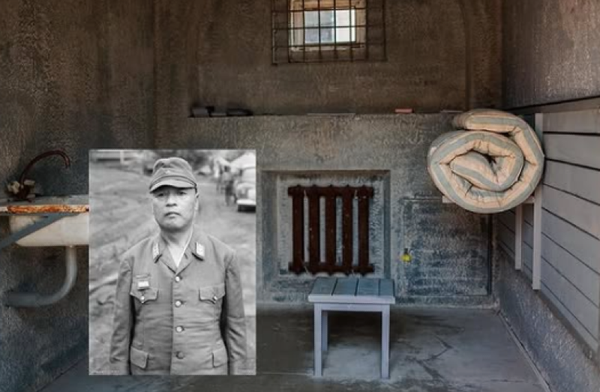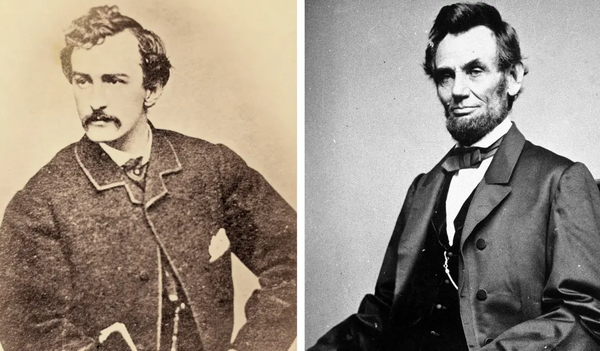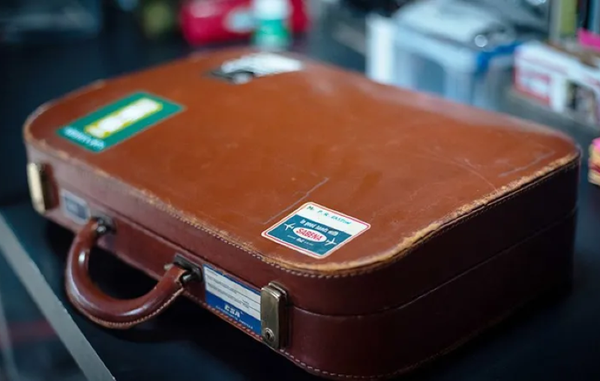There are 96 bags of human waste sitting on the Moon
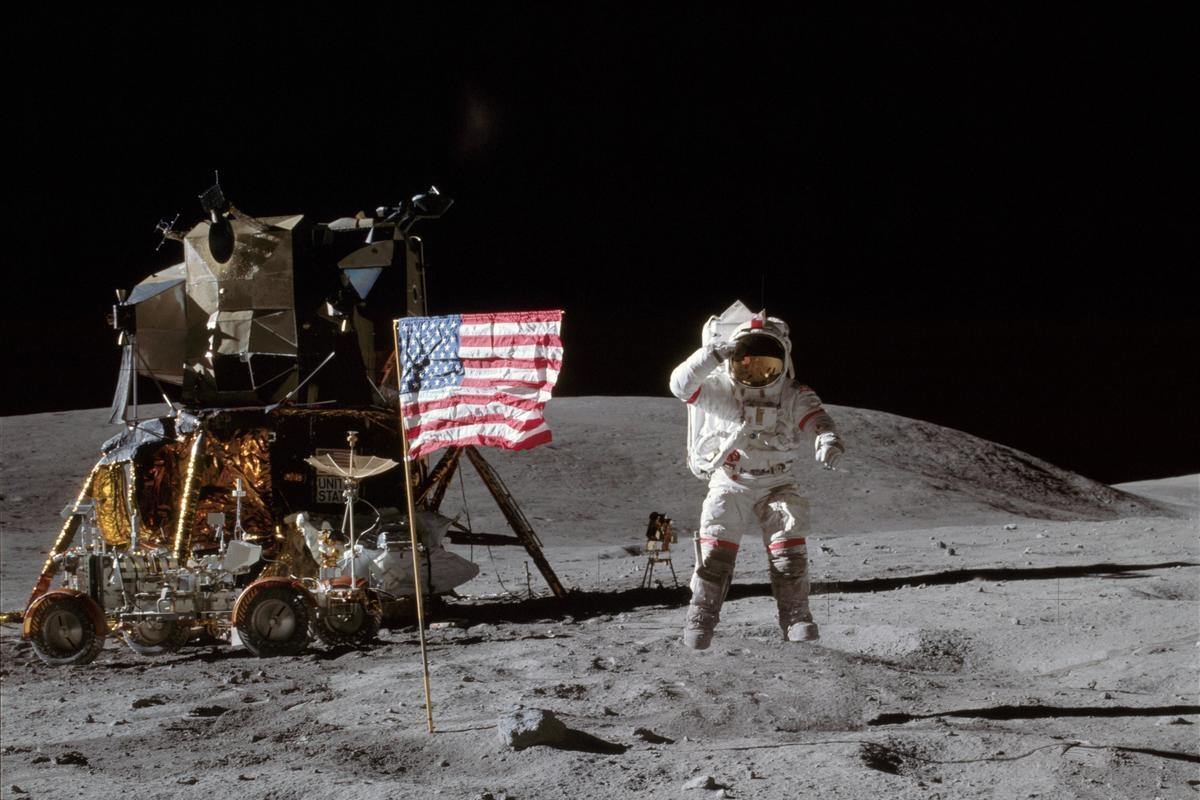
Why do astronauts leave things behind on the Moon? There are many reasons. Often, it is to make room for Moon rocks to be taken back to Earth. As Neil Armstrong and Buzz Aldrin began their return journey to Earth, they disposed of anything they didn’t need. This included the tube that the US flag had been rolled up in, the TV camera they’d used to send footage back to Earth, and the tools they’d used to gather moon rock and dust. In doing this, they created a ‘toss zone’, which lies to the west of the Apollo 11 landing site. In the Apollo missions that followed, many things were left on the Moon, adding up to an estimated 400,000 pounds of stuff. There are a total of 96 bags of human waste on the Moon. Scientists are keen to one day bring this back to Earth, to study how its time on the Moon has affected it, but for now it sits in bags. (via RMG)
Scientists were baffled because she only had half a brain but had perfect vision

Scientists discovered how a 10-year-old girl born with half a brain is able to see normally through one eye. The youngster, from Germany, has both fields of vision in one eye and is the only known case of its kind in the world. Researchers used an MRI to reveal how the girl’s brain had rewired itself in order to process information from the right and left visual fields in spite of her not having a whole brain. The right hemisphere in the girl’s brain failed to develop in the womb. Normally, the left and right fields of vision are processed and mapped by opposite sides of the brain, but scans showed that retinal nerve fibres that should go to the right hemisphere of the brain diverted to the left. Further, the researchers found that within the visual cortex of the left hemisphere, which creates an internal map of the right field of vision, ‘islands’ had been formed within it to specifically deal with, and map out, the left visual field. (via U of Glasgow)
The forgotten adventurer who kayaked 50,000 kilometres around the world in 7 years
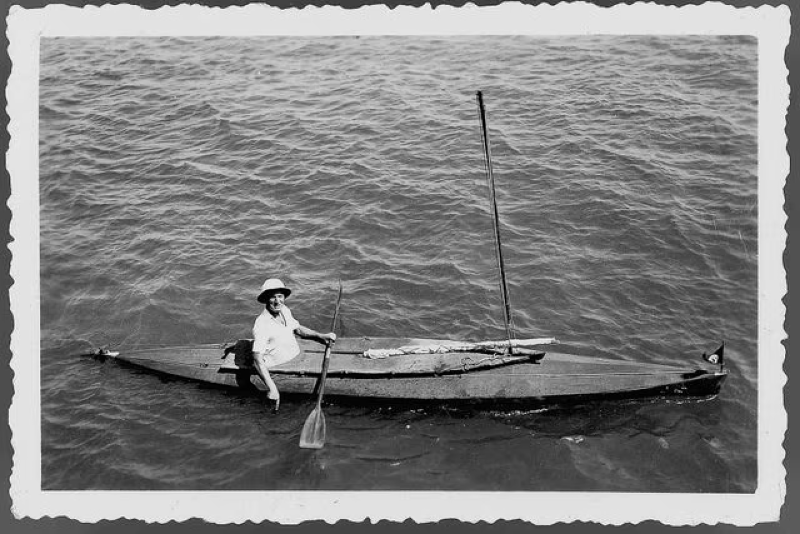
When Oskar Speck came ashore on tiny Saibai Island in the Torres Strait, he was greeted by three Australian policemen and the cold shock of arrest. It was September 1939, and the kayaker had just spent seven years paddling from Germany to Australia, an astonishing 50,000-kilometre journey down rivers and across oceans in his collapsible kayak. But instead of receiving a hero's welcome, he was arrested and sent to Victoria, where he was interned at a wartime camp in Tatura. The world had changed since Speck had begun his voyage in 1932. Just three weeks before his arrival, his country, led by Hitler, had invaded Poland and was now at war with France and Britain. But why did Speck spend years navigating long stretches of rough ocean water on a kayak made for leisurely river paddling? And what happened to him after he was arrested? (via ABC)
Hi everyone! Mathew Ingram here. I am able to continue writing this newsletter in part because of your financial help and support, which you can do either through my Patreon or by upgrading your subscription to a monthly contribution. I enjoy gathering all of these links and sharing them with you, but it does take time, and your support makes it possible for me to do that. I also write a weekly newsletter of technology analysis called The Torment Nexus.
The special effects in Star Wars used techniques developed during psychological experiments

Movie audiences for more than 40 years have watched a certain outgunned rebel spaceship's futile attempt to flee a ginormous imperial star destroyer. That iconic opening shot of 1977's "Star Wars" is seared into the collective memory of millions, if not billions, of people. That scene and many others were created for the first "Star Wars" movie by Industrial Light & Magic, George Lucas' then-fledgling special effects company. The staff of ILM ignited a revolution in filmmaking aesthetic, based in part on experimental techniques first tested in a research project at the University of California. "The focus of the project required that I figure out, in a scientific way, the things that made the image believable," says John Dykstra, who worked on the experiment in Berkeley's Environmental Simulation Laboratory in the 1970s and was a founding member of ILM, creating the eponymous "Dykstraflex" system. (via the NSF)
The Irish post office delivered a postcard with no address but a description of the occupant
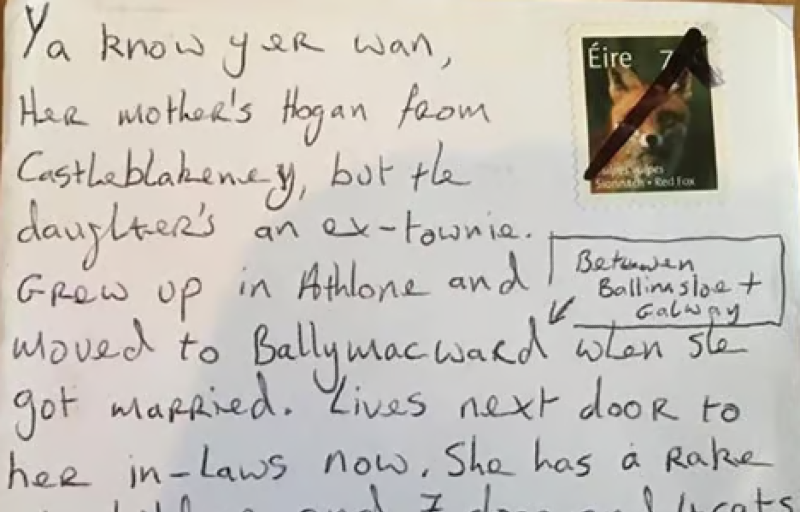
The address reads: "Ya know yer wan, her mother’s Hogan from Castleblayney, but the daughter’s an ex-townie. Grew up in Athlone and moved to Ballymacward (between Ballinasloe + Galway) when she got married. Lives next door to her in-laws now. She has a rake a’ childer and 7 dogs and 4 cats and about 30 hens and ducks and some rabbits and fish and I think she has a hamster as well. She has a shrine to the Virgin Mary in the left corner of her garden. Can you give her this please? Thanks xxx" And for postman Celsius Sheridan, it was a challenge he dutifully accepted. At the time – Christmas, 2016 – Sheridan was working for An Post, the state-owned postal service in the Republic of Ireland. With nearly 5,000 people there, Postman Sheridan really needed to know his customers if he were to deliver that letter. And incredibly, he did. (via Now I Know)
If you don't have scissors handy you can always use a piranha

Acknowledgements: I find a lot of these links myself, but I also get some from other newsletters that I rely on as "serendipity engines," such as The Morning News from Rosecrans Baldwin and Andrew Womack, Jodi Ettenberg's Curious About Everything, Dan Lewis's Now I Know, Robert Cottrell and Caroline Crampton's The Browser, Clive Thompson's Linkfest, Noah Brier and Colin Nagy's Why Is This Interesting, Maria Popova's The Marginalian, Sheehan Quirke AKA The Cultural Tutor, the Smithsonian magazine, and JSTOR Daily. If you come across something interesting that you think should be included here, please feel free to email me at mathew @ mathewingram dot com
